7 of the best grass types to grow — and which to get
Identifying the best grass types you can grow is the first key to a lush, green lawn. Otherwise, the conditions in your environment may hinder your efforts. You may be planting grass seed in vain if it’s not drought-tolerant, or you may end up with a lawn that needs constant attention. Below, we detail what you need to know when choosing grass types, and then list and explain the best grass types.
What to consider when choosing the best grass types
The key to choosing the best grass type is to understand that different grass types have different environmental preferences. “Consider the average temperature range, rainfall patterns, and overall climate conditions in your region,” explains Kevin Lenhart, design director at Yardzen, an online landscape design company. While some grasses thrive in cool climates, he says others are more suitable for warm or tropical regions. “Assess the amount of sunlight your lawn receives and your soil composition as well, since both will also affect the overall health of your lawn.” For example, some grasses require full sun exposure, while other types of grasses can tolerate shade or partial shade.
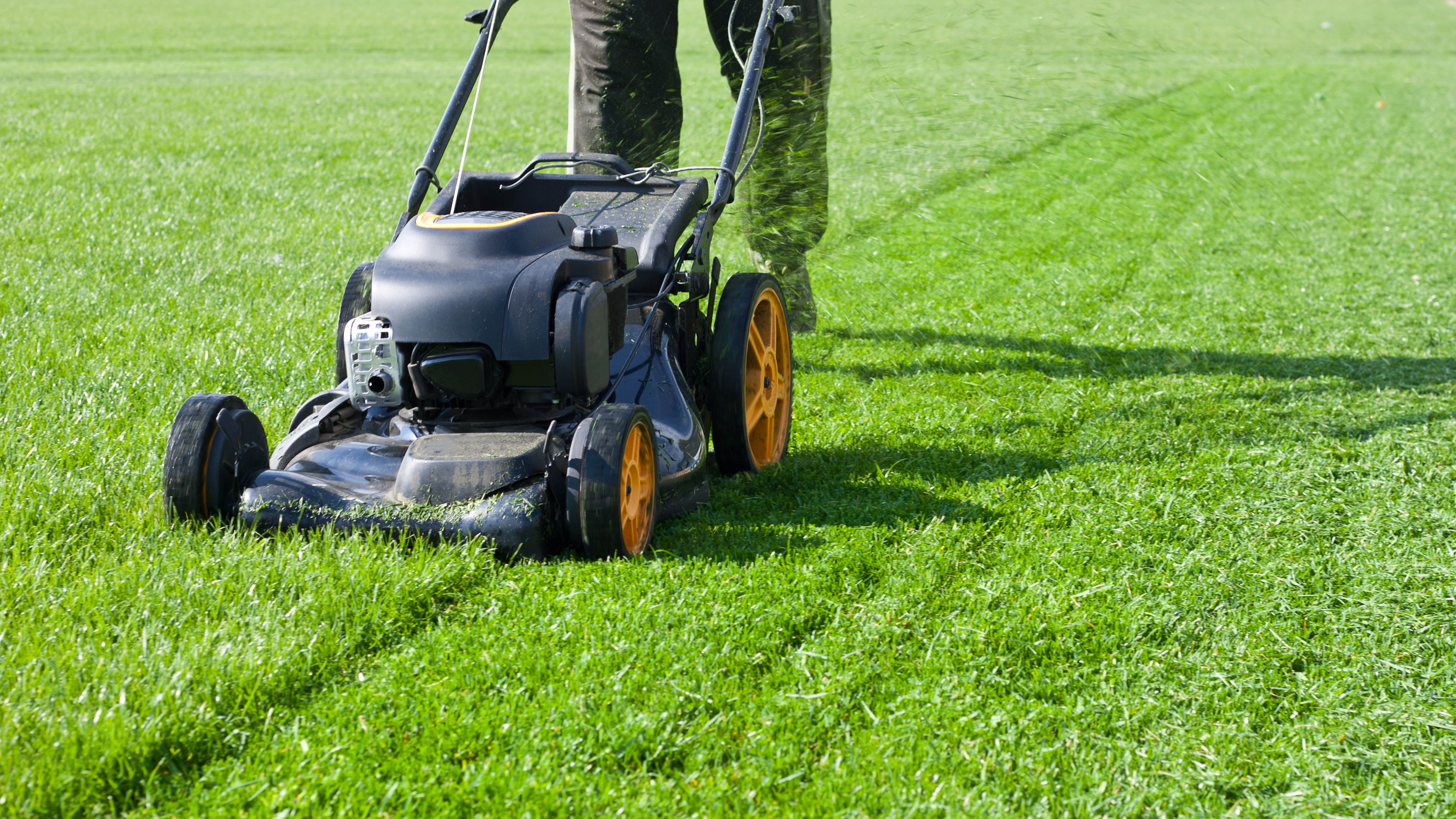
Maintenance is another factor to consider. “Some grasses are more high-maintenance, requiring frequent mowing, fertilizing, and irrigation,” Lenhart says. On the other hand, other types of grasses don’t require as much attention and maintenance, so, for example, you don’t have to mow the lawn every week.
And while all of these factors are important, according to Christopher S. Raimondi, CEO/president at Raimondi Horticultural Group in Ho-Ho-Kus, NJ, the general rule of thumb is to choose a grass that matches your region’s temperature and precipitation patterns.
“To determine which zone you live in, you can refer to the USDA Plant Hardiness Zone Map, which divides the US into13 zones based on the average annual minimum temperature,” he explains. Each zone has a range of grasses that are suitable for that climate.
In addition to the temperature and precipitation patterns, Raimondi suggests considering some additional characteristics of different species of grass, such as:
- Drought tolerance: how well the grass can survive with little or no water
- Shade tolerance: how well the grass can grow in areas with low light
- Disease resistance: how well the grass can resist common pests and diseases
- Wear resistance: how well the grass can withstand frequent mowing and foot traffic
- Aesthetic appeal: how attractive the grass looks in terms of color, texture, and density
The best grass types
There are two major categories of grasses in the United States: cool-season and warm-season.
“Cool-season grasses thrive in areas with cold winters and mild summers, such as the Northeast, Midwest, and Pacific Northwest,” says Raimondi. On the other hand, he explains that warm-season grasses do well in areas with hot summers and mild winters, such as the Southeast, Southwest, and lower Midwest.
Best grasses for warm climates
When choosing the best grasses for warm climates, Raimondi says these grasses have a light green to gray-green color and a coarse texture. “They grow best in summer and may go dormant or brown in winter if not protected by snow or mulch.” In addition, he says they can tolerate full sun and high foot traffic.
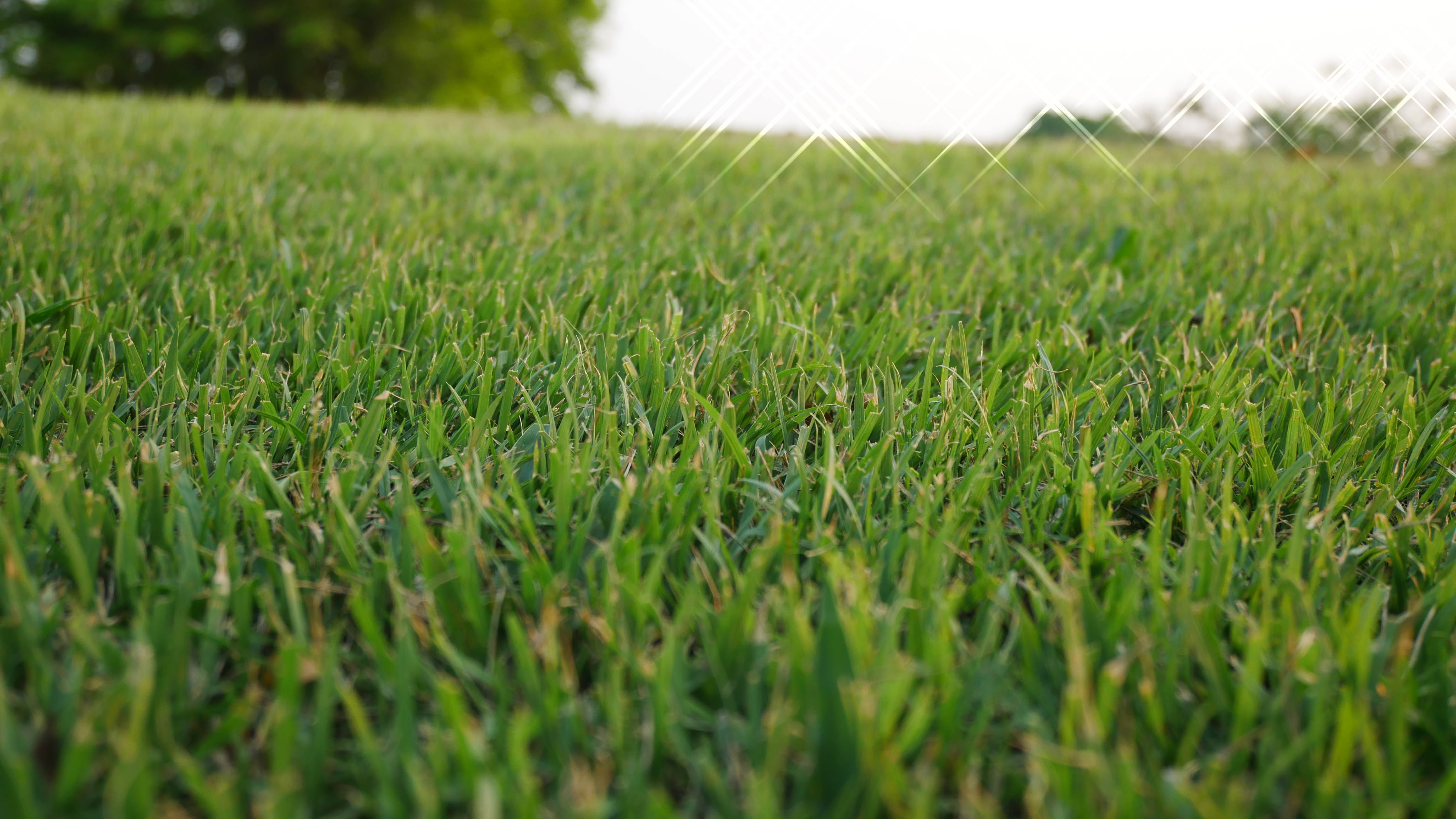
Bermuda Grass
Both Raimondi and Caballero recommend Bermuda Grass because it’s known for its excellent heat and drought tolerance. “Bermuda Grass thrives in hot and sunny climates, and it can handle high temperatures and requires less water compared to other grass types,” Caballero says.
Zoysia Grass
Zoysia Grass is another grass that both Raimondi and Caballero recommend since it is well-suited for warm climates due to its heat and drought tolerance. “It can handle both sun and shade conditions, making it versatile for various lawn areas,” Caballero says.
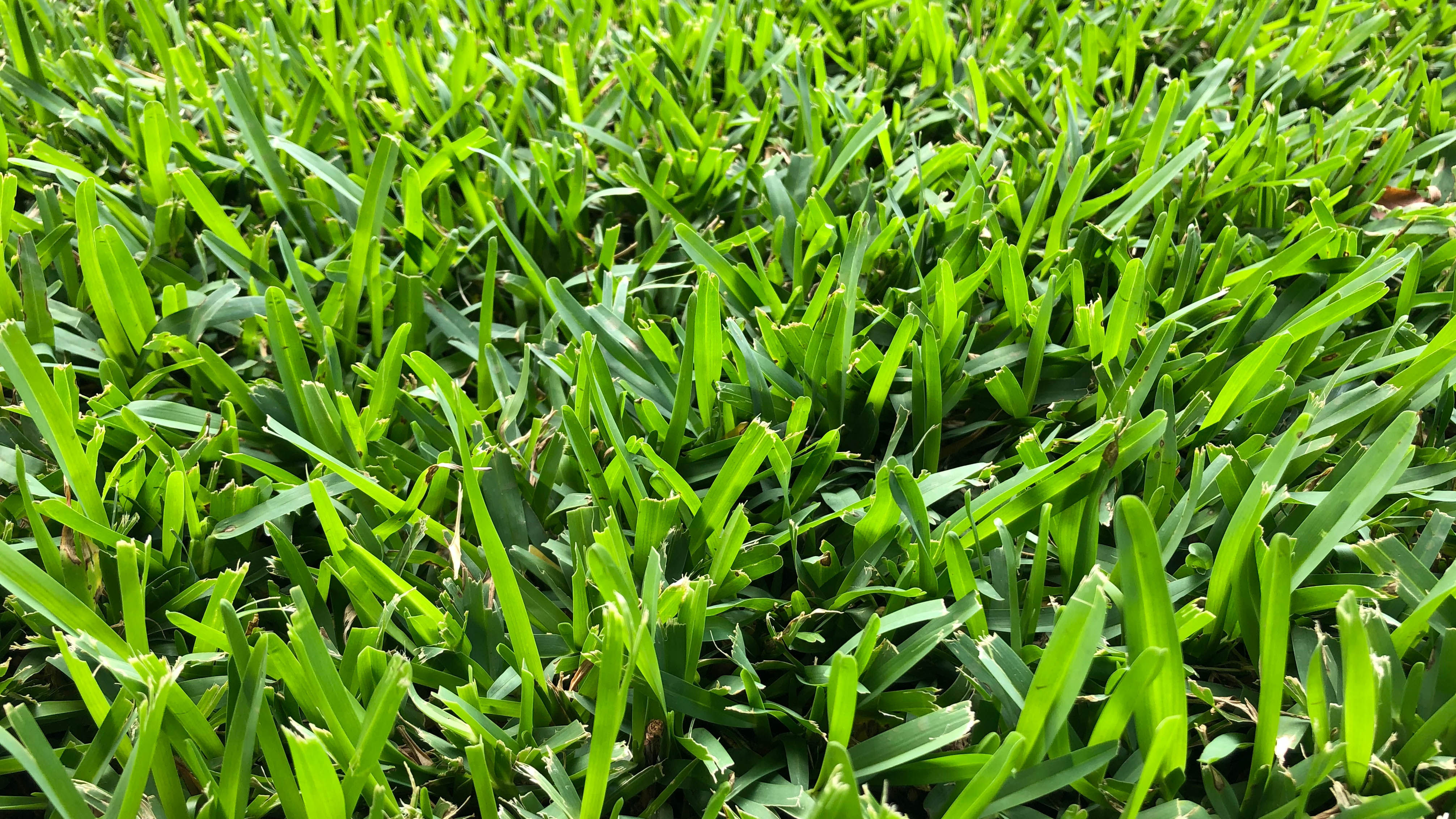
St. Augustine Grass
Popular in coastal regions and areas with mild winters, Raimondi and Caballero like St. Augustine Grass because it performs well in warm climates. “This is due to its excellent salt tolerance and ability to handle high humidity,” explains Caballero.
Buffalo Grass
Lenhart recommends Buffalo Grass since it requires approximately 75% less water than a traditional lawn and is considered drought-resistant. “You have the option of mowing it so that it resembles lawn or letting it grow out to its mature height of 8 to10 inches,” he says.
Best grasses for colder climates
These best grasses for colder climates have a deep green color and a fine texture. “They grow best in spring and fall, and may go dormant or brown in summer if not watered regularly,” Raimondi explains, adding that they can tolerate some shade and moderate foot traffic.
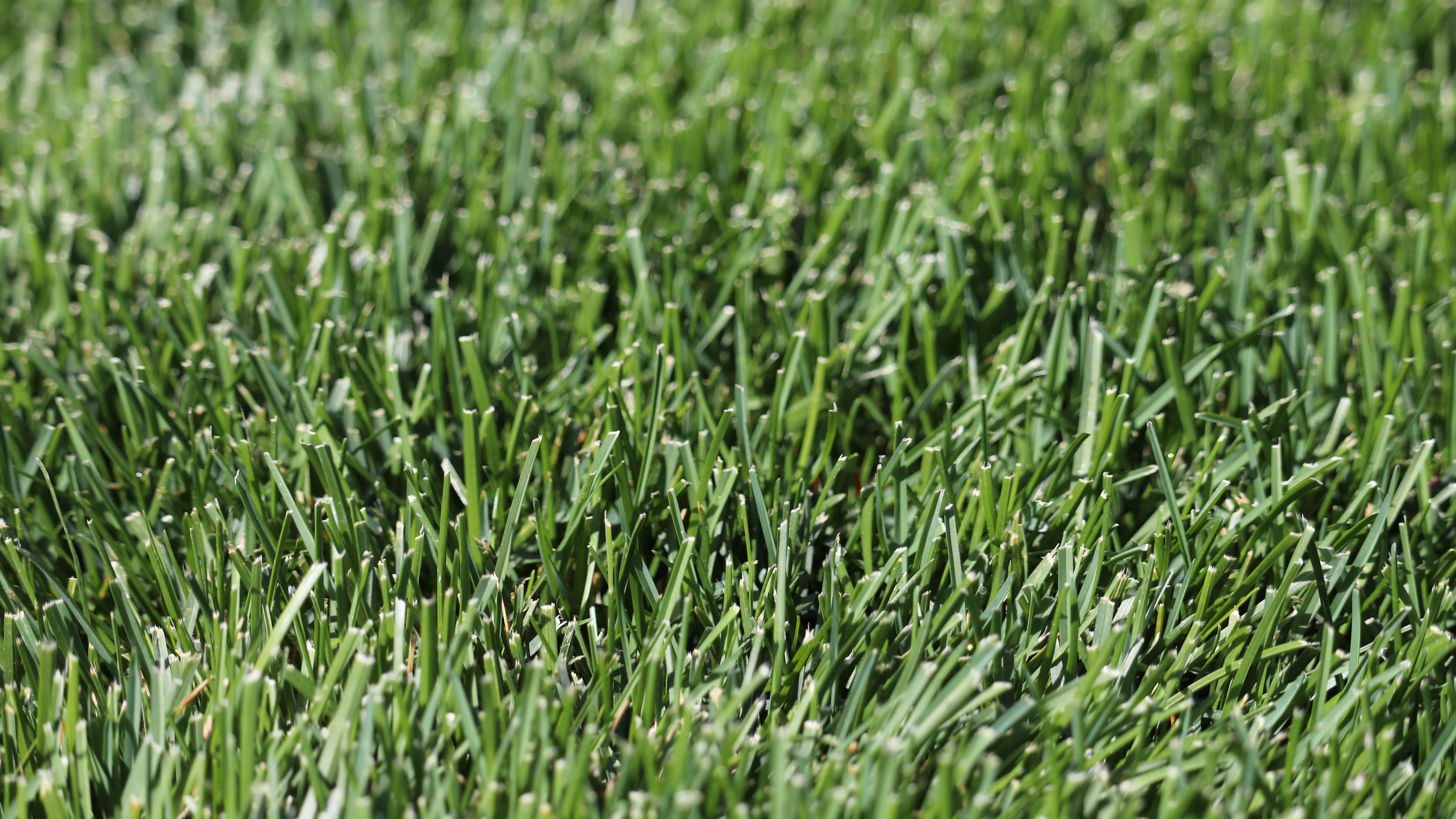
Kentucky Bluegrass
Kentucky Bluegrass is a cool-season grass that thrives in colder climates, and is recommended by both Caballero and Raimondi. “It has good cold tolerance and can withstand harsh winters, making it a suitable choice for northern regions,” Caballero explains.
Tall Fescue
Another cool season grass that performs well in colder climates is Tall Fescue. It’s recommended by both Raimondi and Caballero, and the latter says it has good shade tolerance and can withstand drought conditions, which makes it versatile for different lawn areas.
Fine Fescue
You can get some variety with Fine Fescue and that’s one of the reasons both Raimondi and Caballero like this option. “It’s a cool-season grass type that includes various subtypes like creeping red fescue, chewings fescue, and hard fescue – and these grasses are well-adapted to colder climates and offer good shade tolerance,” Caballero says.
Traditional grass alternatives
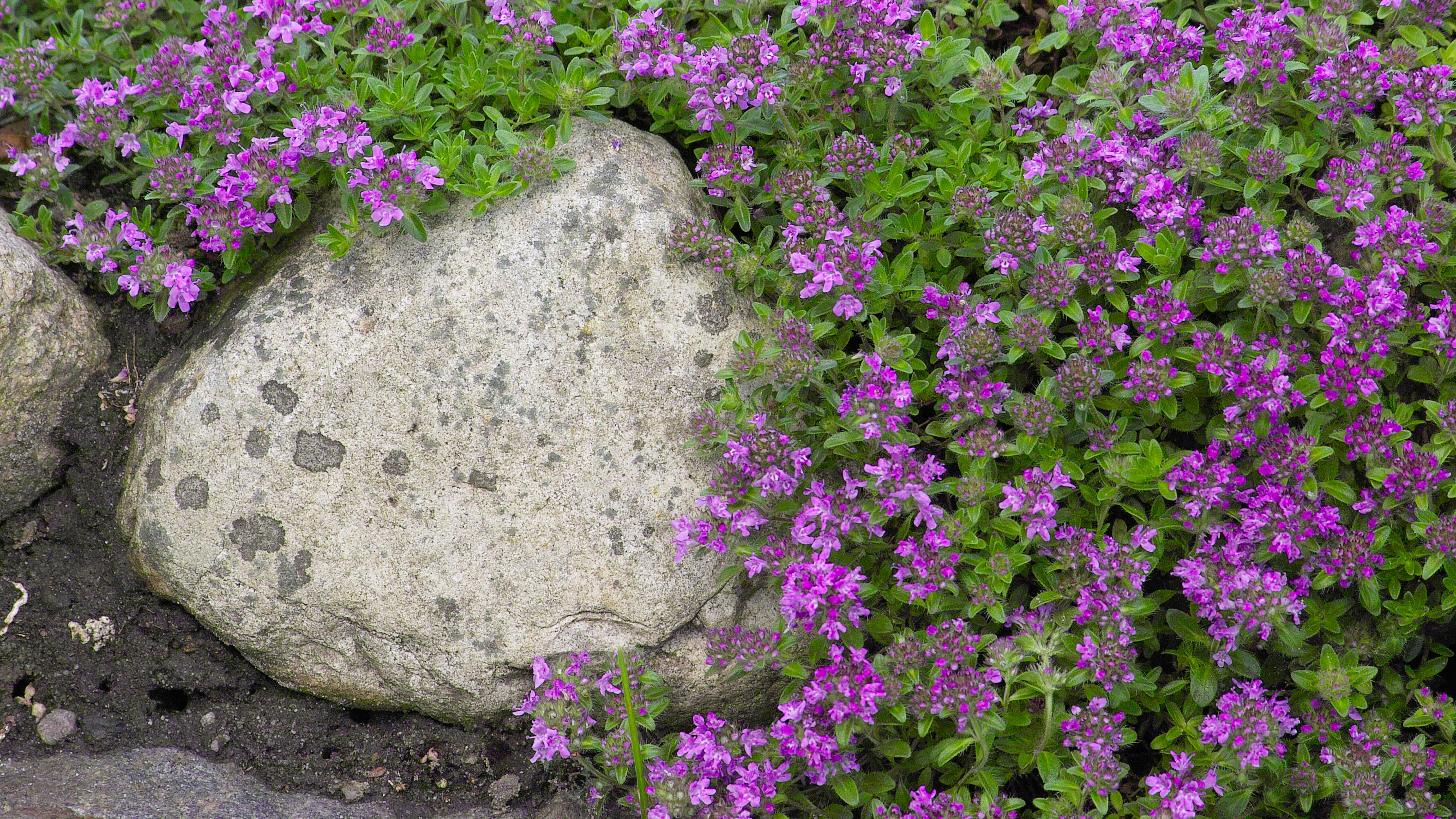
While lawns are ideal in environments with frequent rain to provide irrigation, Lenhart says homeowners in dryer climates, like the West, may want to consider traditional grass alternatives that are more drought-tolerant.
“We recommend minimizing decorative lawns where possible; scrapping lawn in favor of native and climate adapted planting or low-water ground covers can reduce maintenance requirements while boosting the sustainability value of your yard.”
If you have a small yard, Lenhart says there are non-grass species like low-growing perennial ground covers that act as a soft carpet. “They can be durable enough to tolerate occasional foot traffic, and examples would include silver carpet or creeping thyme.”
He says clover lawns are another popular trend. “Clover lawns require less upkeep in the way of water and mowing, don’t require fertilizer, and they offer significantly more habitat value – their seasonal blooms attract important pollinators like bees and butterflies.” And if you’re concerned about foot traffic, Lenhart says you can also mix clover seed with existing turf to create a lawn that is a bit tougher but still offers more habitat value.
More from Tom’s Guide
For all the latest Technology News Click Here
For the latest news and updates, follow us on Google News.
